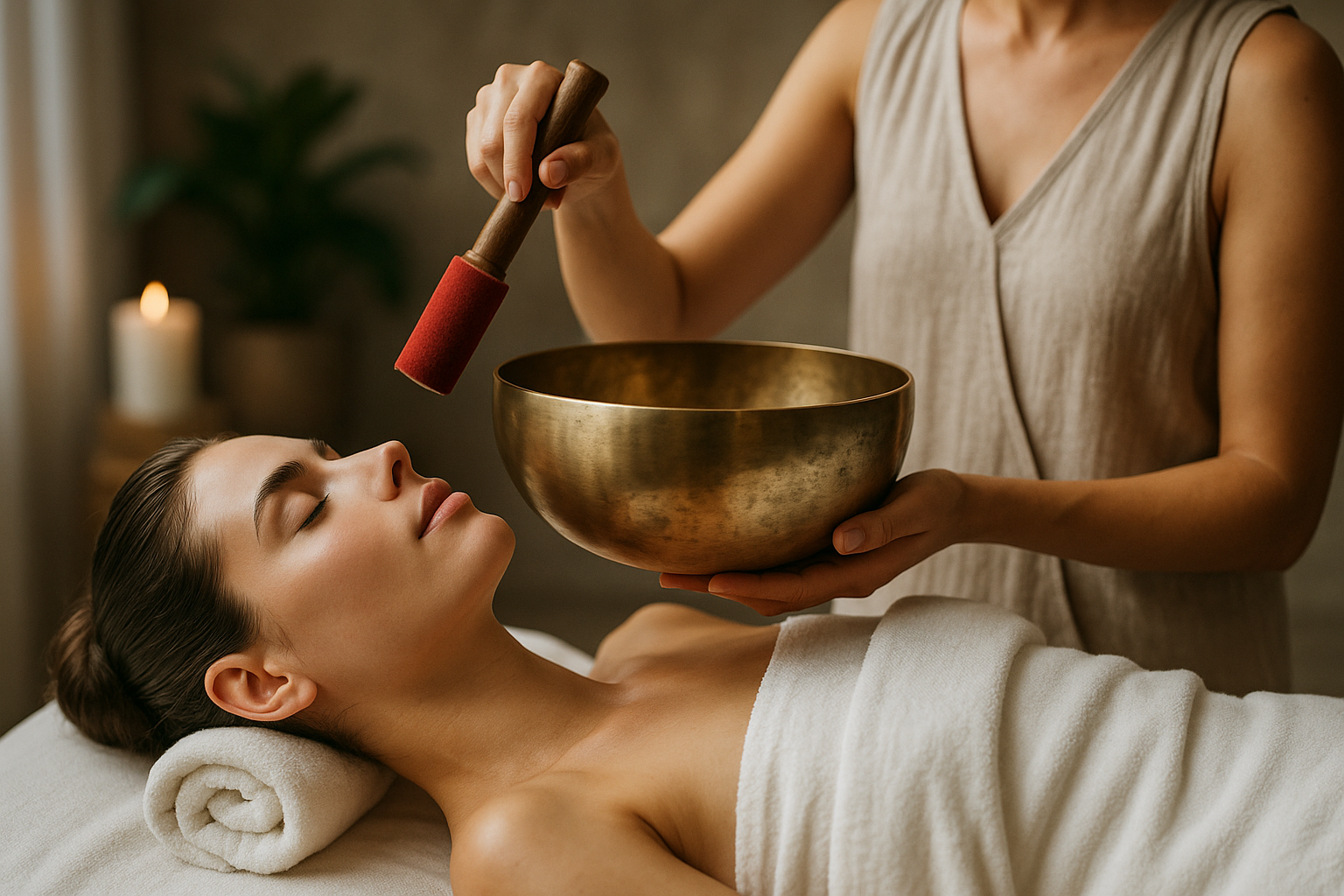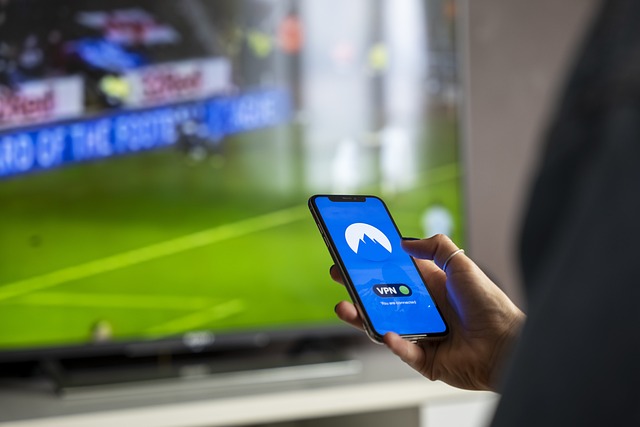Laser Skin Rejuvenation Techniques for Fresher Skin in United States
Laser skin rejuvenation is a popular method utilized in United States to enhance the appearance of the skin, promoting a fresher and smoother look. This non-invasive treatment targets various skin concerns, including fine lines, uneven texture, and pigmentation issues. It employs advanced technology to stimulate collagen production, ultimately improving skin tone and elasticity.

Modern laser technology has revolutionized the field of dermatology and cosmetic treatments, offering precise solutions for various skin concerns. These non-invasive to minimally invasive procedures work by delivering controlled light energy to specific layers of the skin, promoting natural healing processes and cellular renewal. The growing popularity of these treatments reflects their effectiveness in addressing multiple skin issues simultaneously while requiring minimal downtime compared to traditional surgical procedures.
Understanding Laser Skin Rejuvenation Techniques and Benefits
Laser skin rejuvenation encompasses several distinct technologies, each designed to target specific skin concerns. Fractional CO2 lasers create microscopic treatment zones in the skin, stimulating collagen production while leaving surrounding tissue intact for faster healing. Erbium lasers provide gentler resurfacing with reduced recovery time, making them suitable for sensitive skin types. IPL (Intense Pulsed Light) treatments target pigmentation issues and vascular concerns using broad-spectrum light rather than a single laser wavelength.
The benefits of these treatments extend beyond surface improvements. Laser therapy can reduce fine lines, minimize pore size, improve skin texture, and fade age spots or sun damage. Many patients also experience improved skin firmness and elasticity as collagen production increases over the weeks following treatment. The versatility of laser technology allows practitioners to customize treatments based on individual skin types, concerns, and desired outcomes.
The Process of Laser Skin Rejuvenation for Optimal Results
The treatment process typically begins with a comprehensive consultation where a qualified practitioner assesses skin condition, discusses goals, and determines the most appropriate laser type and settings. Pre-treatment preparation may include avoiding sun exposure, discontinuing certain skincare products, and following specific cleansing protocols to optimize results and minimize complications.
During the actual procedure, the skin is thoroughly cleansed and a topical anesthetic may be applied for comfort. The laser device is carefully calibrated and moved systematically across the treatment area, delivering precise energy pulses. Treatment duration varies depending on the area size and laser type, typically ranging from 30 minutes to two hours. Most patients describe the sensation as similar to a rubber band snapping against the skin, with cooling systems often used to enhance comfort.
Immediate post-treatment effects commonly include redness, mild swelling, and a sensation similar to sunburn. These effects are normal and typically subside within a few days to a week, depending on the treatment intensity and individual healing response.
Post-Treatment Care for Enhanced Skin Recovery and Longevity
Proper aftercare is crucial for achieving optimal results and preventing complications. The first 24-48 hours require gentle cleansing with mild, fragrance-free products and avoiding harsh scrubbing or exfoliation. Keeping the treated area moisturized with recommended products helps support the healing process and maintain skin barrier function.
Sun protection becomes even more critical following laser treatment, as the newly treated skin is particularly vulnerable to UV damage. Broad-spectrum sunscreen with SPF 30 or higher should be applied daily, and direct sun exposure should be minimized for several weeks. Many practitioners recommend avoiding makeup for the first few days and gradually reintroducing skincare products as healing progresses.
Long-term care involves maintaining a consistent skincare routine with gentle, high-quality products. Regular follow-up appointments allow practitioners to monitor healing progress and determine if additional treatments are needed to achieve desired results. Most patients benefit from a series of treatments spaced several weeks apart for comprehensive skin improvement.
| Treatment Type | Provider Example | Cost Estimation |
|---|---|---|
| Fractional CO2 Laser | Dermatology clinics nationwide | $1,000-$3,000 per session |
| IPL Photofacial | Medical spas and dermatology offices | $300-$800 per session |
| Erbium Laser Resurfacing | Cosmetic surgery centers | $800-$2,500 per session |
| Combination Treatments | Multi-specialty practices | $1,500-$4,000 per session |
Prices, rates, or cost estimates mentioned in this article are based on the latest available information but may change over time. Independent research is advised before making financial decisions.
The effectiveness of laser skin rejuvenation treatments depends on various factors including skin type, age, lifestyle habits, and adherence to post-treatment care instructions. While results can be dramatic, realistic expectations are important as some concerns may require multiple sessions or combination approaches for optimal improvement.
Selecting a qualified practitioner with appropriate training and experience in laser treatments is essential for both safety and results. Board-certified dermatologists, plastic surgeons, and trained medical professionals in accredited facilities typically provide the highest standard of care. Patients should feel comfortable asking about credentials, experience with specific laser types, and viewing before-and-after photos of similar cases.
Laser skin rejuvenation continues to evolve with advancing technology and refined techniques, offering increasingly effective solutions for achieving healthier, more youthful-looking skin. These treatments represent a significant advancement in cosmetic dermatology, providing measurable improvements with relatively minimal disruption to daily activities when performed by qualified professionals.
This article is for informational purposes only and should not be considered medical advice. Please consult a qualified healthcare professional for personalized guidance and treatment.




